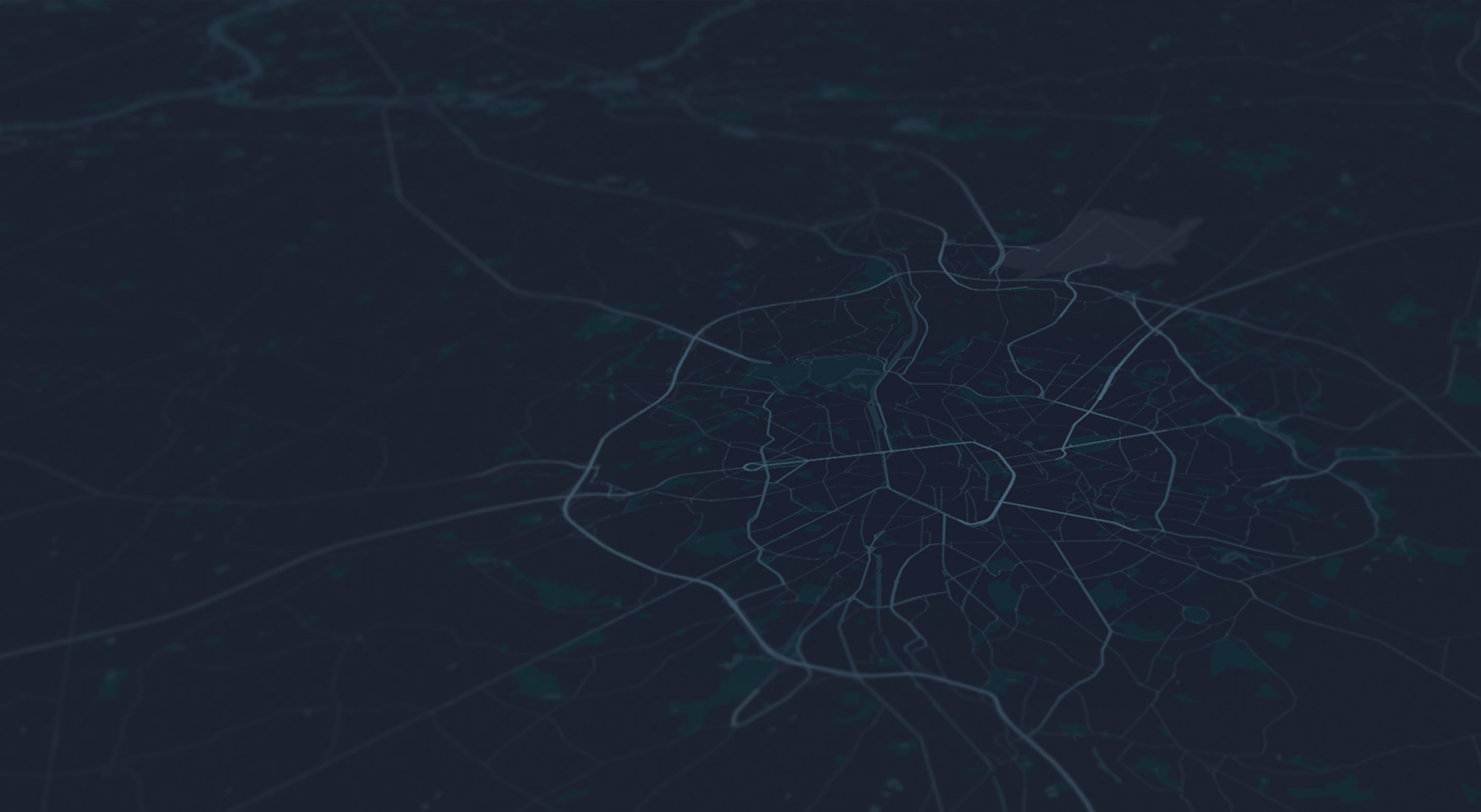Geo.be, het federale geoportaal
Geo.be is de toegangspoort bij uitstek voor de geografische informatie van de Belgische federale instellingen.


The word « geodesy » comes from ancient Greek gễ -Earth – and daíô – divide. This is a science describing the Earth and a key element in the process of making cartographic maps.
It is most commonly used for locating points within the map raster. The points to be located are materialized on the ground using markers or rivets that are firmly anchored to the ground. These points need to be stable and fixed as they serve as reference for the monitoring of other points all around the country.
Their relative location is observed through a theodolite. A theodolite is a moveable telescope mounted on a circle divided in degrees, which allows to measure the angles created by the directions of the other designated signals.
Geographers built observation towers above these markers. Geodesists stood on top of these towers with their theodolite (in this case at a height of 28,5m). On top of the pylon (32m), there was a rod which had to be visible for the other points. From this tower, several points were targetted and vice versa : the Lion of Waterloo, the bell tower of Jumet, the signal of Mont-Sainte-Geneviève, the tower of the Mons castle and the signals from Mainvault and from Kester. These measured angles build a framework of triangles applied to the projection plane of the map so as to create a fixed « backbone ». Then, cartographers will add symbols representing the field so as to obtain a map that is geometrically correct.
The positions of a few key points of this framework are measured using the stars. This technique comes from geodetic astronomy. A temporary field observatory is set up in the neighbourhood. In the XXth century, gravimetric measurements were carried out there. These measurements are made in order to evaluate the deviation of the vertical (with a plumb-line) due to local gravity variations.

In 1845, the « Dépôt de la Guerre » was put in charge of making the map of Belgium. A place called « La Tête du Bois » was chosen as one of the points of the geodetic control network of the country. A signal was installed on the top of a boundary stone around 1863. Later, it was replaced by a « Bonhomme de fer » (« iron fellow »). Maps dating from 1865 to 1891 mention a « primary geodetic point ». « Iron fellows » are highly accurate and astronomically positioned markers that are deeply fastened in the ground.
Above this marker, a wooden tower topped with a cabin was built by a building contractor from Braine Melchior Lassinat. This tower was equipped with a lifting device for lifting and putting down the upper part of the marker. It then reveals a small cone which materializes the point.
In 1952, a mast was erected here for the last time. Since 1980, the satellites of the GPS constellation have been measuring the Earth from the space and the National Geographic Institute receives the signals from these satellites on its receivers, and particularly at these very points.
The geodetic zone where the Bonhomme de Fer is situated is a property of the City of Braine-le-Comte but the marker and its setting for a total of 3,14 m² belong to the Belgian State. This plot is protected by law.
Het Nationaal Geografisch Instituut biedt een aantal online resources aan die door het brede publiek gebruikt kunnen worden.
Oeps! Het ziet er naar uit dat je een verouderde browser gebruikt. Dit kan er voor zorgen dat deze website niet helemaal correct functioneert. We raden je ten sterkste aan om de laatste versie van je favoriete browser af te halen. Met een recente browser kan je op veilige en optimale wijze rondsurfen.